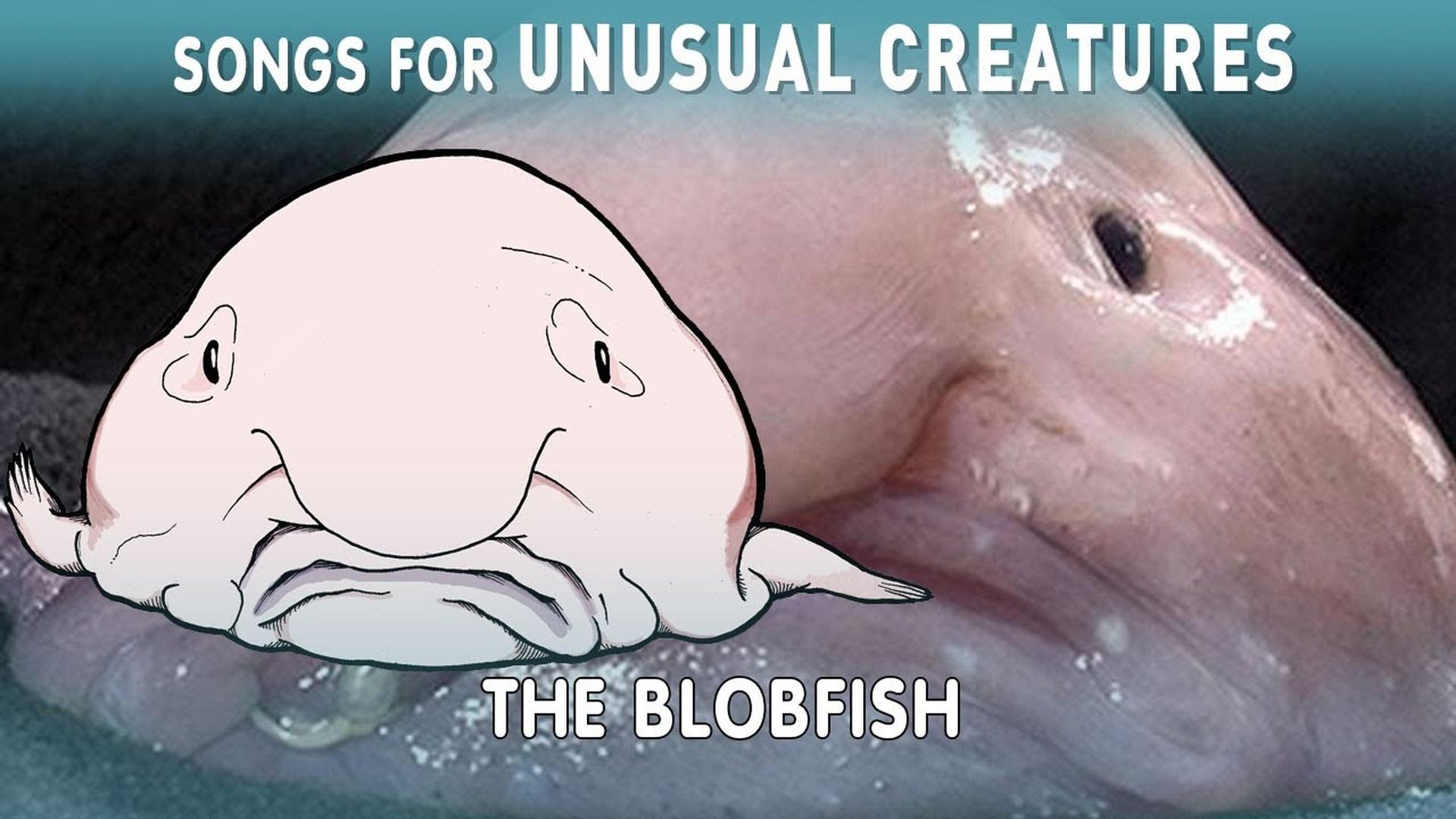
Unveiling the Enigma of Blobfish: A Comprehensive Exploration
1. Blobfish: The Gelatinous Wonder of the Deep
Imagine a creature so bizarre, it seems like something out of a science fiction movie. A fish that flops around with a face that resembles a sad clown, covered in a gelatinous mass. Meet the blobfish, a deep-sea dweller that has become an internet sensation due to its peculiar appearance. This fascinating fish is a testament to the amazing diversity of life in our oceans and invites us to delve into its unique world.
2. Habitat and Distribution: Where Blobfish Thrive
Blobfish are found in the deep waters off the coast of Australia and New Zealand, where they inhabit depths of up to 2,800 meters. These extreme conditions, characterized by high pressure, low temperatures, and minimal sunlight, have shaped the blobfish’s unique adaptations.
3. Anatomy and Physiology: Unveiling the Blobfish’s Design
Blobfish possess a distinct appearance that sets them apart from other fish species. Their bodies are gelatinous and lack a swim bladder, which allows them to withstand the immense pressure of their deep-sea environment. Their bodies comprise a high percentage of water, contributing to their squishy and flabby texture. The blobfish’s head is large and bulbous, with a downturned mouth and tiny eyes that give it a perpetual expression of sadness.
4. Diet and Feeding Habits: Blobfish as Deep-Sea Scavengers
Blobfish primarily feed on small invertebrates, crustaceans, and mollusks that drift through the deep sea. They are opportunistic feeders that wait patiently for food to drift within reach and then engulf it with their large mouths. Due to their low metabolic rates, blobfish can survive for extended periods without food.
5. Reproduction and Life Cycle: Ensuring Blobfish Continuity
Blobfish are known to be hermaphrodites, which means that they possess both male and female reproductive organs. During the spawning season, females release eggs into the water column, where they are fertilized by the sperm released by males. The fertilized eggs are left to develop on their own, and the resulting larvae undergo a series of transformations before reaching adulthood.
6. Conservation Status: Assessing Blobfish Vulnerability
Blobfish have not been extensively studied, and their conservation status is still being determined. However, concerns are rising over the potential impact of deep-sea fishing and habitat degradation on these unique creatures.
7. The Blobfish Phenomenon: A Viral Sensation
In recent years, the blobfish has gained widespread popularity on the internet, becoming a viral sensation due to its unusual appearance. Images and videos of blobfish have been shared countless times, eliciting a mix of fascination and amusement. The blobfish has even inspired memes and merchandise, solidifying its status as a pop culture icon.
8. The Blobfish in Popular Culture: Beyond the Internet Fame
The blobfish’s distinctive appearance has made it a sought-after subject for artists, designers, and storytellers. The fish has been featured in art exhibitions, animated films, and documentaries, capturing the imagination of viewers worldwide.
9. The Biological Importance of Blobfish: Ecological Role and Research Potential
Despite their peculiar appearance, blobfish play an important role in the deep-sea ecosystem. As scavengers, they help recycle nutrients and maintain the balance of the deep-sea food web. Additionally, the blobfish’s unique adaptations and physiology have attracted the attention of scientists, who are studying them to gain insights into the extreme conditions of the deep sea and the adaptations that enable organisms to survive in such environments.
10. Threats to Blobfish: Deep-Sea Challenges and Human Impact
While blobfish are adapted to the extreme conditions of the deep sea, they face potential threats from human activities. Deep-sea fishing, habitat destruction, and pollution pose risks to blobfish populations. By understanding these threats, we can work towards protecting this unique creature and its deep-sea habitat.
11. Facts about Blobfish: Unveiling the Unusual
The blobfish’s fascinating characteristics and behaviors set it apart from other fish species. Here are some interesting facts about blobfish:
- Due to the lack of a swim bladder, blobfish float around with minimal effort, conserving energy in their deep-sea environment.
- The blobfish’s gelatinous body allows it to withstand the immense pressure of its deep-sea habitat.
- Blobfish have a lifespan of around 30 years.
- The distinctive appearance of the blobfish has led to its nickname, “the ugliest fish in the world.”
12. Conclusion: A Call for Appreciation and Conservation
The blobfish, with its unique appearance and deep-sea adaptations, offers a glimpse into the vast diversity of life in our oceans. Despite its seemingly comical appearance, the blobfish is a valuable part of the deep-sea ecosystem and deserves our appreciation and protection. As we continue to explore and understand the wonders of the deep sea, we must remain mindful of the potential threats to these enigmatic creatures and strive to ensure their survival.
a. FAQs about Blobfish: Answering Common Questions
Q: Why does the blobfish look so sad?
A: The blobfish’s sad appearance is due to the loose skin and gelatinous structure of its head, which collapses from the lack of pressure when brought to the surface.
Q: Are blobfish poisonous?
A: No, blobfish are not poisonous to humans.
Q: What is the purpose of the blobfish’s gelatinous body?
A: The gelatinous body provides buoyancy and helps the blobfish withstand the high pressure of its deep-sea habitat.
Leave a Reply